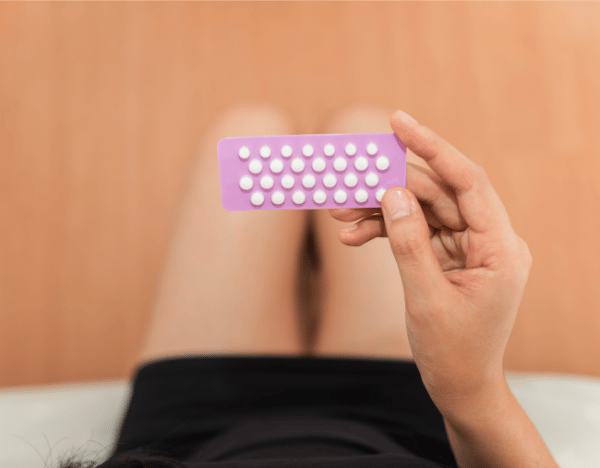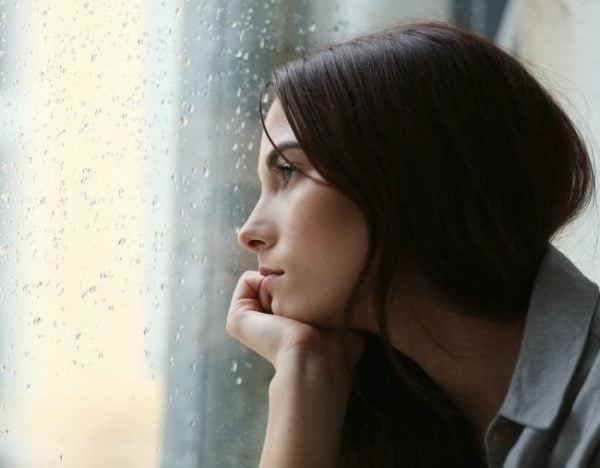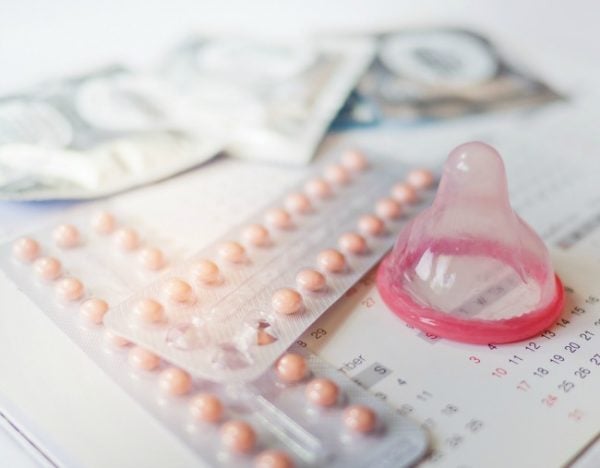
ON THE PILL: In this seven-part series we explore the history, myths, side-effects and alternatives of the pill, and why it’s the most popular form of contraception in Australia.
The introduction of the contraceptive pill in the 1960s was a major milestone for female empowerment. It allowed women to separate sex from procreation, and to increase their participation in work outside the home.
Now, more than 100 million women worldwide use the oral contraceptive pill to prevent pregnancy or control their menstruation.
But the pill and other hormone contraceptives are not without side effects. We usually focus on the physical health effects of the pill, yet the most common reason women stop or change the pill is mental health side effects.
Depression is one of the most prevalent and debilitating mental disorders in Australia, and affects twice as many women as men. It is estimated that one in four women will experience depression in her lifetime.
One in four Australian women between the ages of 18 and 49 use the pill, at any one time. But few are aware of the link between the pill and depression.
Types of contraceptive pill
There are many oral contraceptives available in Australia, with different types and doses of the hormones oestrogen and progesterone.
The most commonly prescribed is a combination pill, which contains an oestrogen to prevent ovulation, and a progesterone to reduce the chance of a fertilised egg implanting into the wall of the uterus.
Most combined oral contraceptives have a similar dose and type of oestrogen, but the progesterone types and doses vary widely.































































































